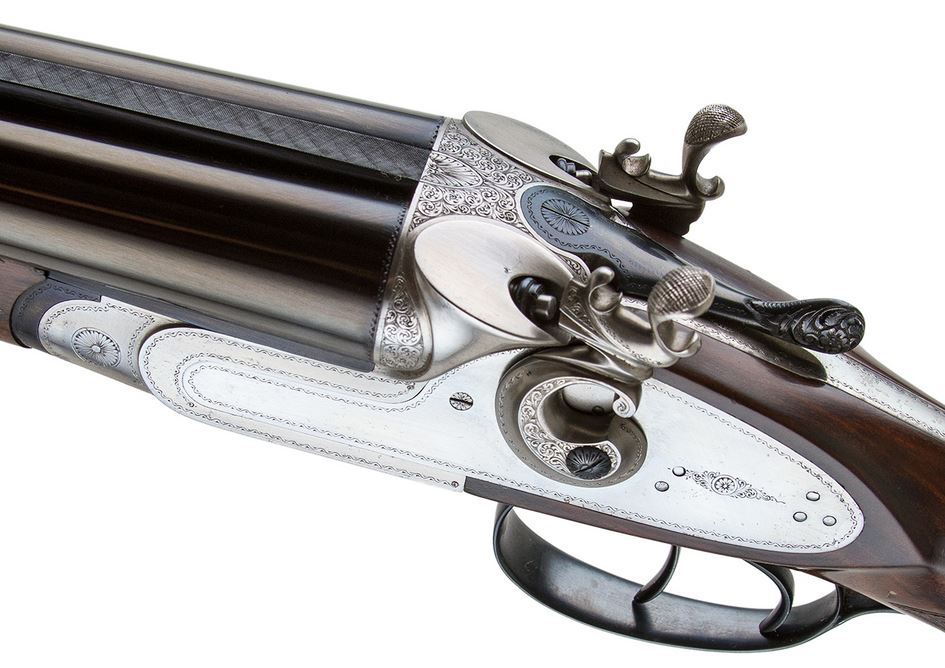The CZ 75 has been made in several configurations, the earliest being the “Pre -B” (story here) and one of these was what was given to me and which I took to the range.
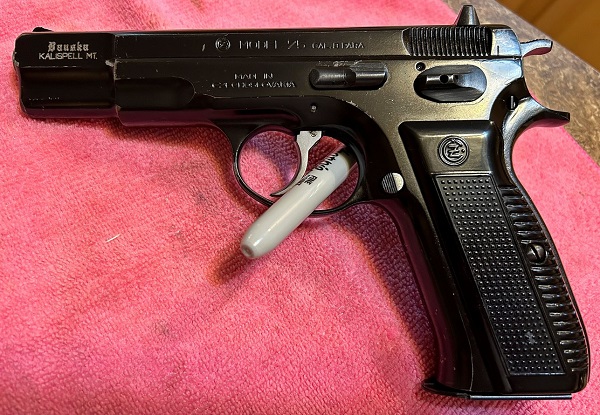
My Kind Benefactor had the temerity to apologize for the wear on the finish — like that has ever been a concern of mine — but even the guys at the Merchant Of Death, hardened gunnies though they are, were oohing and aahing over the thing, playing with it and trying out the trigger.
I’ll talk a little bit more about the gun itself later, but let me set the scene for the workout. I made several decisions before the gun even arrived:
- I’m only ever going to shoot heavy hollowpoints out of the thing, and never the cheap 115gr FMJ ammo because I despise it.
- So I chose SIG’s Elite JHP 147-gr offering:
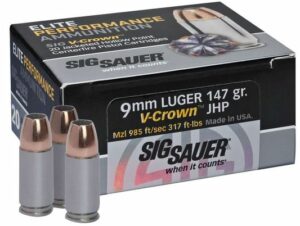 …because that was the cheapest ammo of those specs I could find.
…because that was the cheapest ammo of those specs I could find.
There are a couple of issues with the CZ pre-B 75 guns, but only one of which might be problematic (for me), and that is that their magazines are not compatible with those used in the later CZ 75 B models (and their sub-variants). I discovered that the pre-B mags are like hen’s teeth, but this is not a concern for me because I intend to carry the 75 as a backup piece, its 15-round mag replacing the S&W 637’s 5-round cylinder.
Anyway, so this is the background to the workout below. I only had two boxes (all I could afford at the moment), and I had to hold back 15 rounds for the carry mag, so all I had was 25 rounds to play with. So instead of blasting away (as is my wont), I had to go all South African Army and watch my ammo count carefully. Here’s how it went, at 7 yards (20-odd feet) distance:
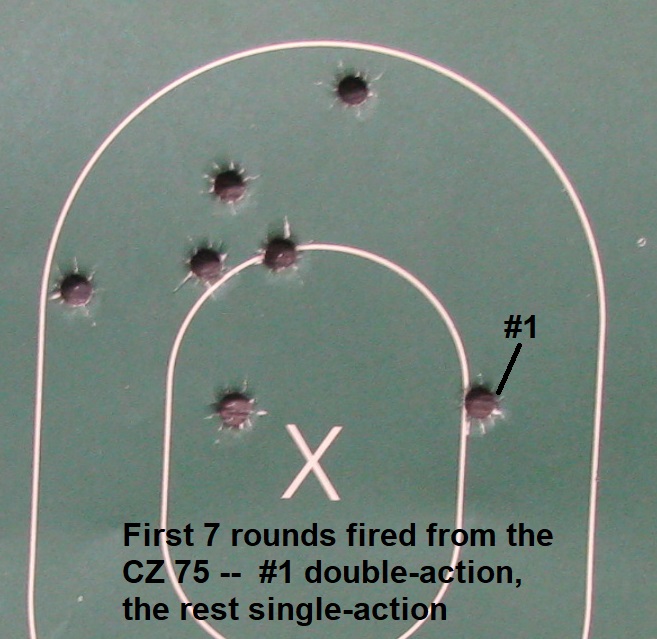
The double-action trigger pull on the CZ 75 is okay, a tad stiff — more like a WWII P-38 than (say) a Glock — but it doesn’t really matter because as a self-defense piece, and not being constrained by department policy, I’m going to carry it cocked and locked like my 1911 so I don’t have to think about it: safety off, and away we go.
The single-action pull is lovely: a smooth take-up but no stop before the bang, which for this 1911/BHP user is going to take a little more work. It did catch me unawares a couple of times during the session, to be sure, with a couple of annoying flyers, but no matter because MOAR PRACTICE oh boy.
I had intended to do a side-by-side with the 1911, but by the time I caught myself, I only had four rounds left. Never mind, thinks I, let’s just do four rounds of the 9mm, and four rounds of the 1911 carry ammo:
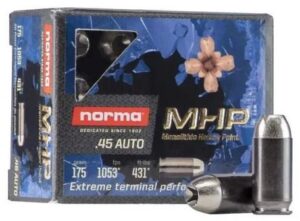
(This is all I carry and shoot these days in my 1911, because heavier .45 boolets (e.g. 230gr FMJ) do a number on my aged wrists after a few mags thereof, and these soft-shooting Normas are both accurate and deadly — “MHP” stands for “monolithic hollow point”, whatever that means.)
Here’s the 4-round comparison, aimed at the “head” portion of the target:
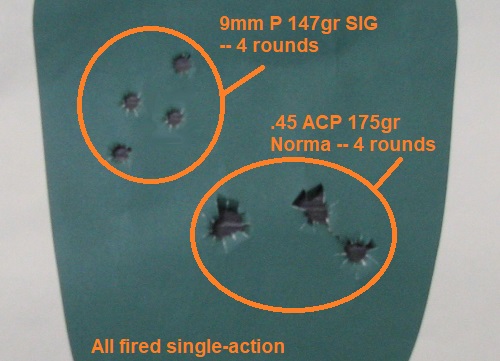
All were fired in what I call “aimed-rapid”, i.e. bang [beat] bang [beat] etc., and the left-hand hole in the .45 group contains two shots, as it happens, the first two I fired. (Many thousands of practice rounds helps with this kind of thing.)
I noted that I’m shooting the 75 a fraction high after the first shot, something I’ll be watching in future practice sessions. (The first shot in the above target is the bottom-left hole.)
The grouping is… acceptable — for me anyway.
This SIG ammo is about 58c/pull, the Norma about 50c.
The difference between the two guns in felt recoil is almost imperceptible. The 75 is surprisingly hefty and tames whatever recoil the heavier 9mm rounds generate. In terms of size, it almost fits in my 1911’s holsters, but for the larger trigger guard.
Speaking of which, this is one way you can tell the immediate difference between the CZ 75 and the CZ 75 B:
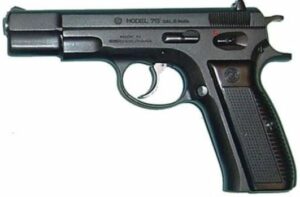
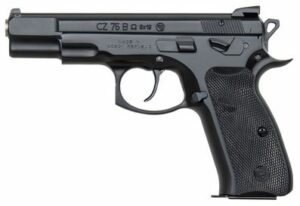
Note too the bobbed hammer of the later B; those two features and the incompatible mags (grrrrr) are the major apparent differences between the two.
As for me: I now carry a 1911 with 24 rounds (three mags) of .45 ACP, and a backup CZ 75 with 15 rounds of Europellet in its single magazine.
That should work.
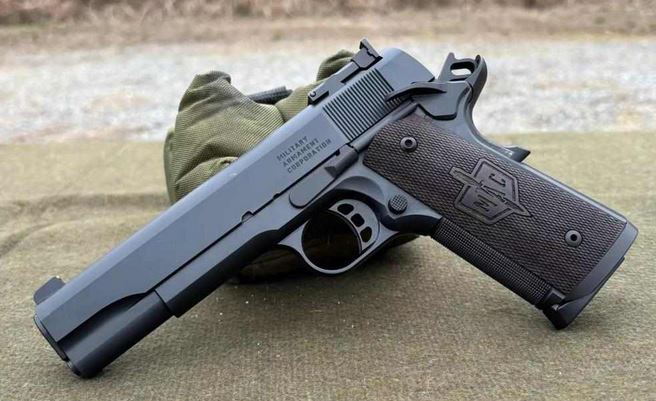
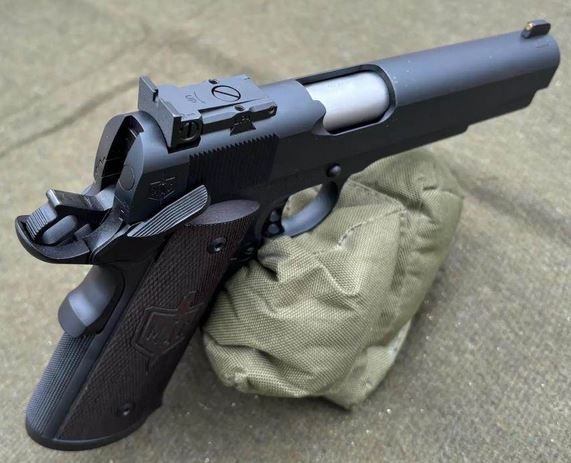
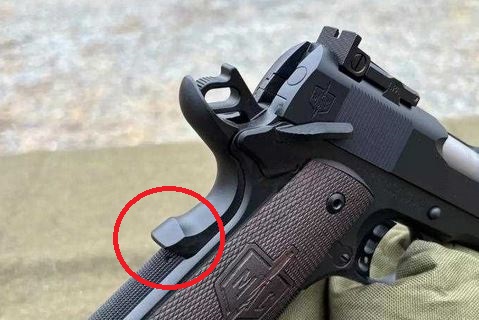


 …because that was the cheapest ammo of those specs I could find.
…because that was the cheapest ammo of those specs I could find.




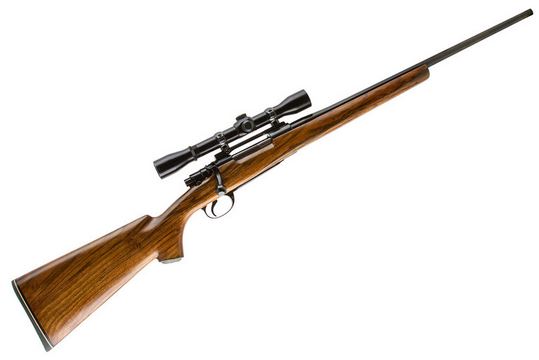


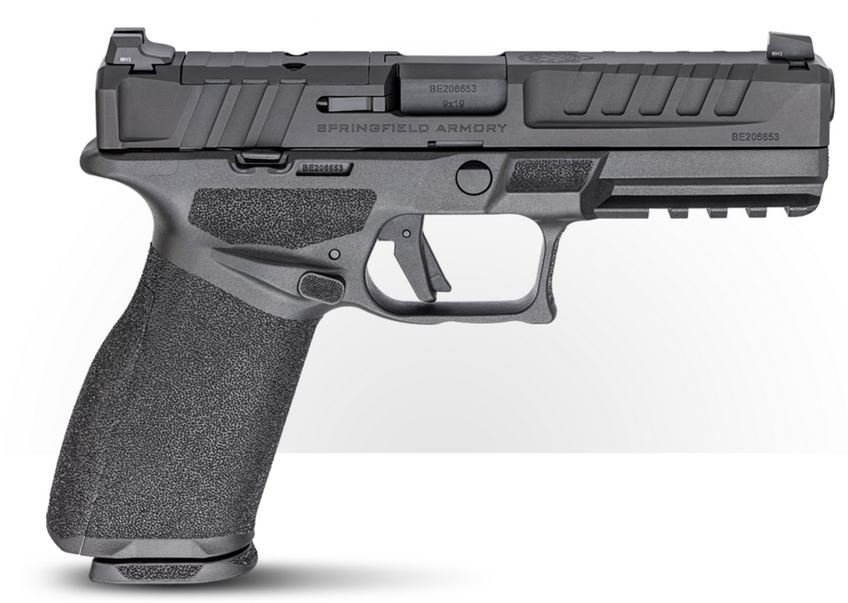
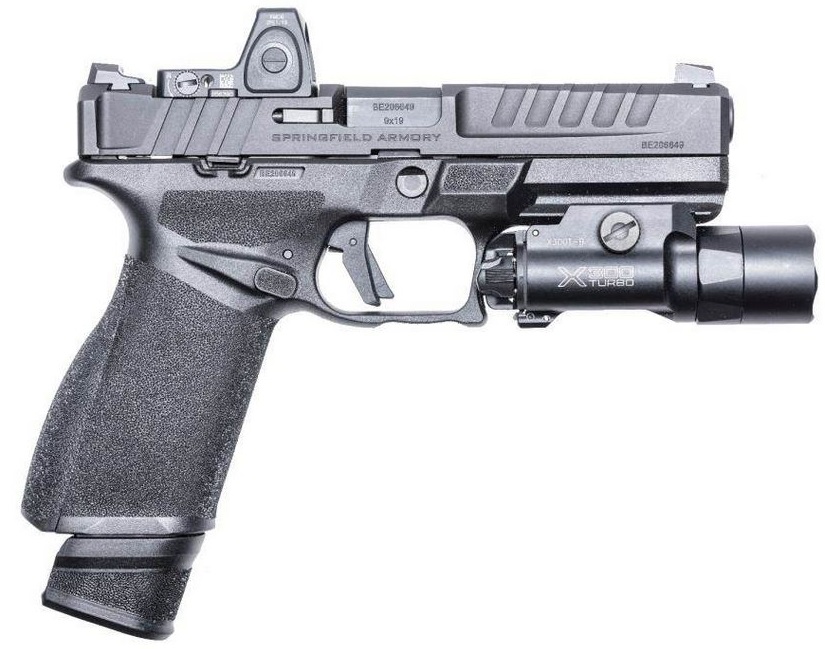
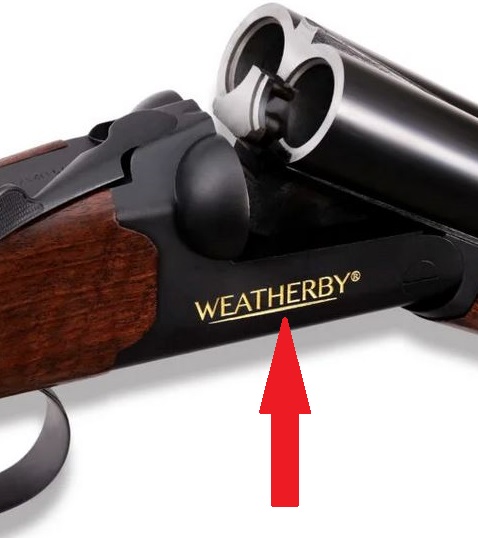
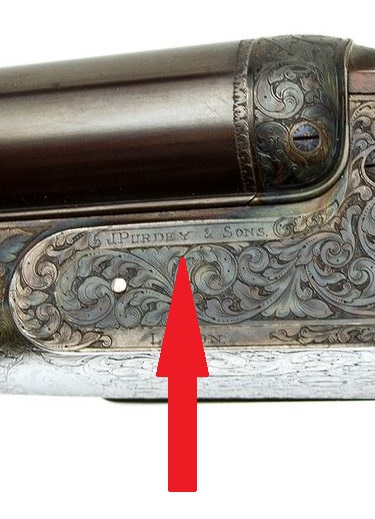
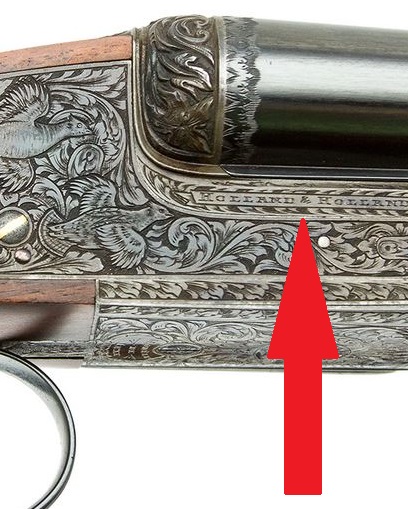


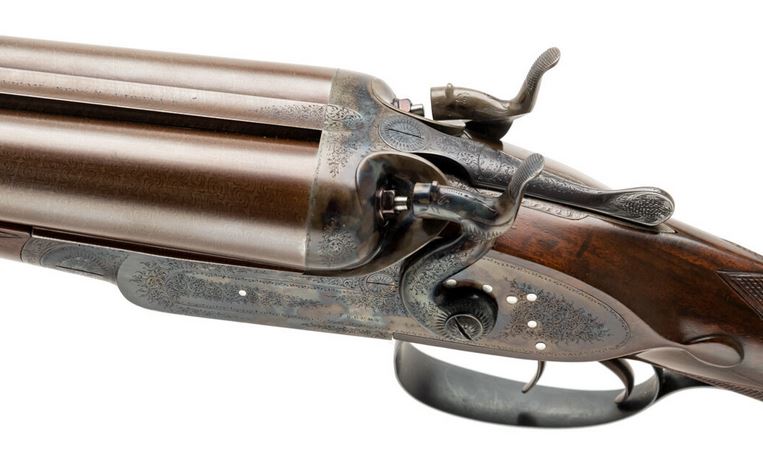 …but the barrels are too long and the old gun too expensive. And for a more modern take, let’s not even talk about the exquisite
…but the barrels are too long and the old gun too expensive. And for a more modern take, let’s not even talk about the exquisite 
